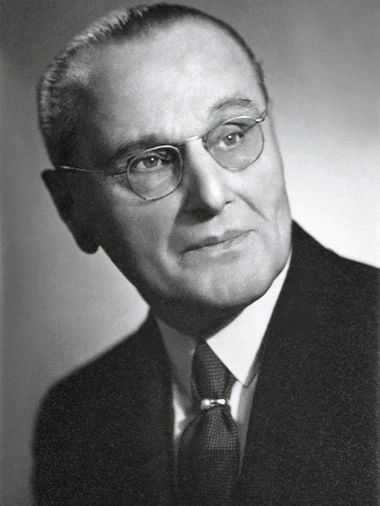Cellophane was invented by Jacques E. Brandenberger, a Swiss chemist. Seeing wine spill on a tablecloth, he wanted to create a flexible material that would not absorb liquids. It took him about 10 years (starting at around 1900) to perfect the material and by 1912, the year he patented the material, he developed a machine that could produce the material he called “Cellophane.” The term was derived from two words – cellulose and diaphane (meaning “transparent”).
The Swiss company Brandenberger worked for owned the rights and subsequently sold them to a French company (“La Cellphane”) that engaged Brandenberger. In the U.S., the first use of cellophane was for candy wrapping – Whitman’s Sampler – in 1912. Whitman’s candy company continued to be the primary user of cellophane from France until 1924, when DuPont began manufacturing cellophane in the United States.


